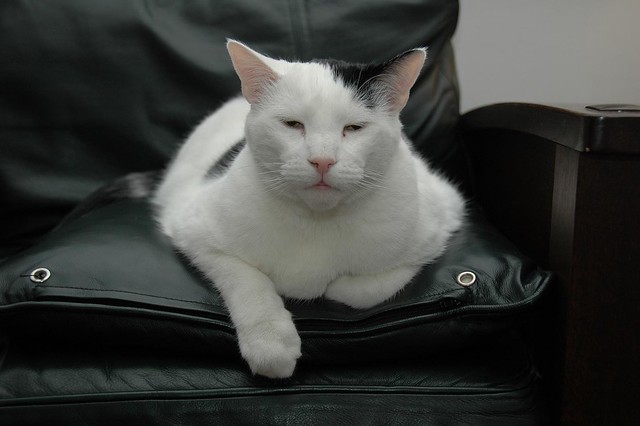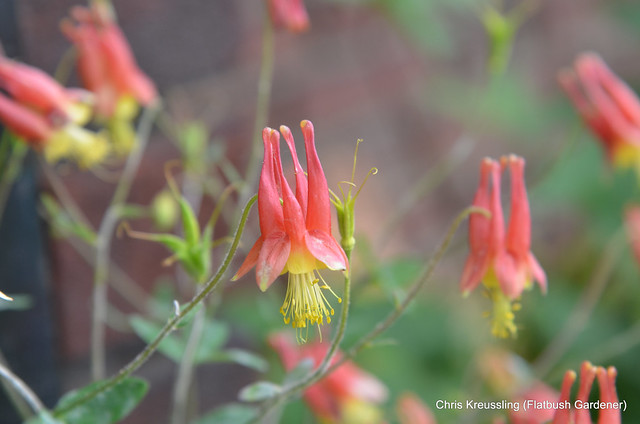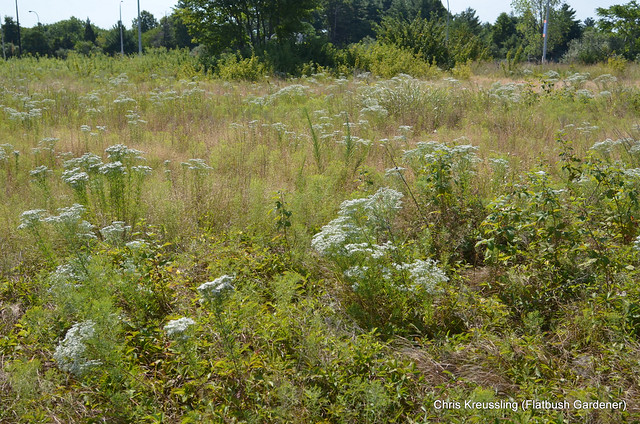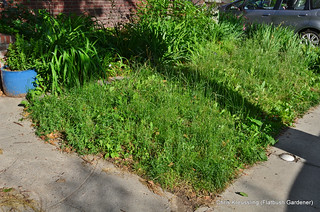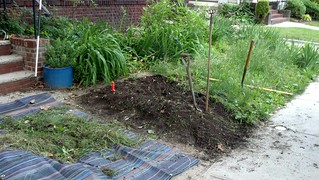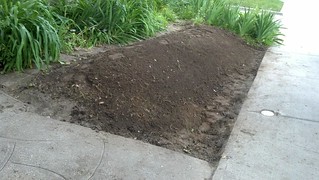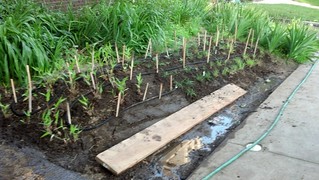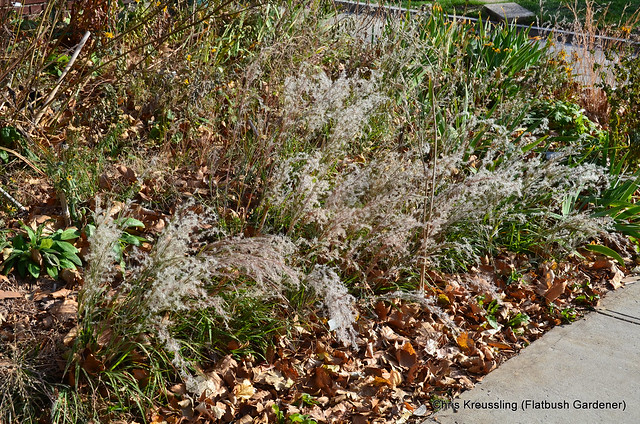A species new to me that I picked up at yesterday's plant sale for the Manhattan Chapter of the North American Rock Garden Society (
MCNARGS). Since I don't know anything about it, I researched it to figure out what it wants and find a place for it in my garden.
Adlumia fungosa, climbing fumitory, scrambling into
Clethra in the backyard in July 2015
Adlumia fungosa is a biennial vine in the
Fumariaceae, the fumewort family, or
Papaveraceae, poppy family, depending on the accepted taxonomy. It can grow up to 12 feet in length by scrambling over other plants and rocks in the moist, wooded slopes it requires. Common names include allegheny vine, climbing fumitory, and mountain fringe.
Its primary native range is New England and northeastern United States. Following the mountains, its range extends as far south and west as Tennessee and North Carolina. It's also found in scattered counties as far west as Minnesota and Iowa.
Biota of North America Program (
BONAP) floristic synthesis county-level distribution map for
Adlumia fungosa. In this map, yellow and light green highlights counties where specimens have been recorded. Dark green shows state-/province-level nativity.

Although not native to New York City, it is native to adjacent and nearby counties in NY, New Jersey, and Connecticut. The New York Flora Association (
NYFA) Atlas lists its endangered/threatened status as as S4: Apparently secure in New York State. Other sources, including the New England Wildflower Society (
NEWFS), list it as threatened or endangered throughout its range.
I'm going to try this plant on the north side of my garage. That area is consistently moist from runoff from the garage roof. There's no slope there, but it's densely planted with shrubs and perennials, so this plant should have lots to scramble over. If it's really happy, there's also the nearby arbor.
Related Content
Links
